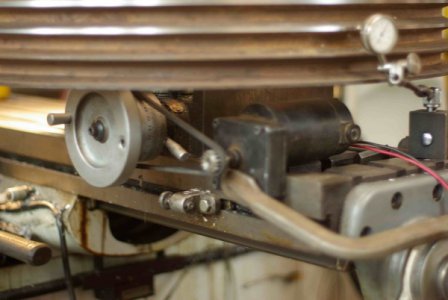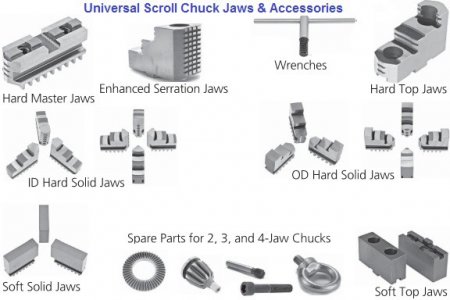- Joined
- Mar 26, 2013
- Messages
- 78
It probably has been asked and done, but I want to put a variable speed motor on my rotary table. Has anyone here done it and if so how did you do it? I don't need an encoder or counting system on it, just a way to spin it at different speeds. It's an 8" table from Phase II.



